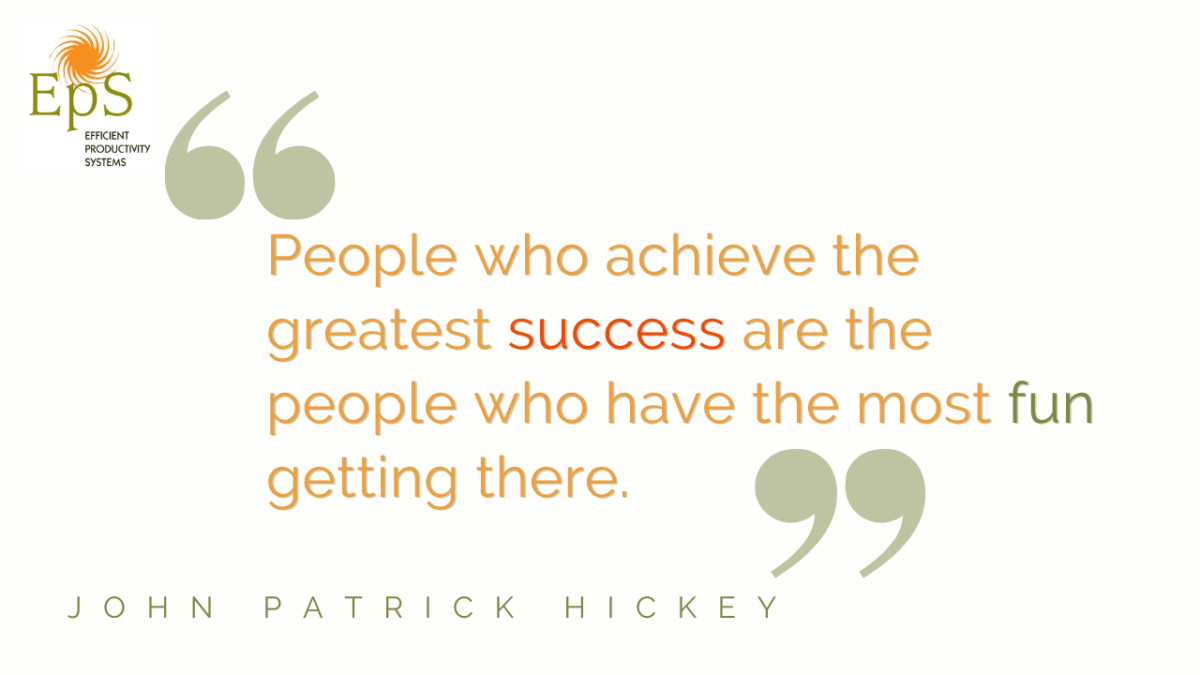Our brains are powerful. They keep our bodies functioning, allow us to feel our emotions, and generally run the show across most aspects of life. Put simply, our brains are AWESOME.
And, much like a car, our brains need maintenance to stay in tip-top shape and be healthy. After all, you wouldn’t keep driving with a flat tire, would you? Same way you wouldn’t try to drive the whole of Route 66 with just a quarter tank of gas.
So, since there’s no “neuro equivalent” to an auto shop you can drop your brain off at for the day, I thought I’d share some healthy habits that can help you maintain your brain and unlock its full, strong potential. Why not try one (or two) on?
Keep your brain ticking.
Ever heard the saying “use it or lose it”…?
Well, believe it or not, this definitely seems to be the case when it comes to your brain!
We all have something called a “cognitive reserve”, which is what helps our brain adapt to changes, like illness and ageing. To go back to the car analogy for a second, you can think of this cognitive reserve as your own mental gas tank; the higher your reserve, the more mental capacity you have got, to be able to cope.
To help build up your cognitive reserve, you need to keep it fired up through activities like singing, completing puzzles, reading (yes, you’re building your reserve even as you read this blog!), and travelling. All of these things create new connections in your brain and encourage it to stay active, and they’re also all really fun to do – and fun is never a bad thing!
I therefore invite you to make time for some of those activities in your day. Not only will the habit help your brain, but it will also help boost your mood too!
Get chatting.
Those activities I just mentioned are great, targeted brain-training, but there’s something else you can do to get your brain going on a more general level that is the PERFECT companion to each of these tasks, talking!
Socializing with friends and family can be a balm to many of life’s woes, and that’s because we as humans are social creatures. Meaningful socializations and connections make us happy. And a happy brain? Well, there’s nothing one of those can’t do!
So, if you aren’t already a bit of a social butterfly, why not expand your social circle by trying a new social group you relate to on for size? The conversation will do wonders for your brain and combat any feelings of loneliness too.
Breathe to de-stress.
Life can be stressful at times, I know. Periods of mild stress are “normal” and usually short-lived. But, if it all gets too much and you find yourself struggling with chronic stress, you’ll probably start to notice wider symptoms like exhaustion, feeling on edge, headaches and heart palpitations (to name but a few) start to creep in as well, making you feel even worse.
This is because chronic stress messes with the wiring of our brain, causing havoc and generally turning a bad day into a Bad Set of Days. There are many things you can do to try to combat stress, but one thing I have found that helps me find my inner place of calm is focusing on my breathing.
It can take a little bit of practice to become a real pro, so why not take a moment now to close your eyes and take a deep breath in… then push it (and any stress, tension or negativity you might be feeling) back out again. Then again. And again. Feels good, right?
Next time you’re feeling a little stressed or anxious, I invite you to stop what you’re doing and allow yourself even just one minute of recovery time to breathe and let your brain recover. You and your healthier, strong brain can thank me later.
Let your brain rest.
We all know sleep is important. We feel the negative effects of not getting enough of it pretty much immediately, don’t we? Slow thinking. Body aches. Yawning. You know the drill.
Denying our brain the chance to repair the wear and tear of the day before denies us the opportunity to really make the most out of the day ahead. Now, I know getting more sleep isn’t as simple as counting sheep, but there are other healthy habits we can try to get our brains the quality rest they need during the day that might help counteract any night-time problems we encounter.
The habit which I find suits me best is to plan breaks throughout the day to make sure I have dedicated periods of time to sit back, relax, and let my mind wander freely for a while. These moments of “wakeful rest” act as a powerful “reboot” and make a real difference to my mind and mood. Try it on for a day and see if it helps you, too.
Feed your brain positivity.
I’ve mentioned before that positivity is a vital part of making the most out of life. I even wrote a blog post about it back in April. Why? Because it’s TRUE!
When it comes to keeping our brains healthy, positivity is one of the most important and valuable fuels we can let it consume. Instead of creating opportunities for not so good self-fulfiling prophecies like “today is going to be tough” or “I can’t do this” to… well… fulfil themselves, you have the power to set yourself up for success by letting your brain know “I CAN do this” and “today will be a good day”.
You can say these things out loud, write them down, or simply THINK them. It doesn’t matter, as long as the message is sent with good intentions and received by an open brain.





